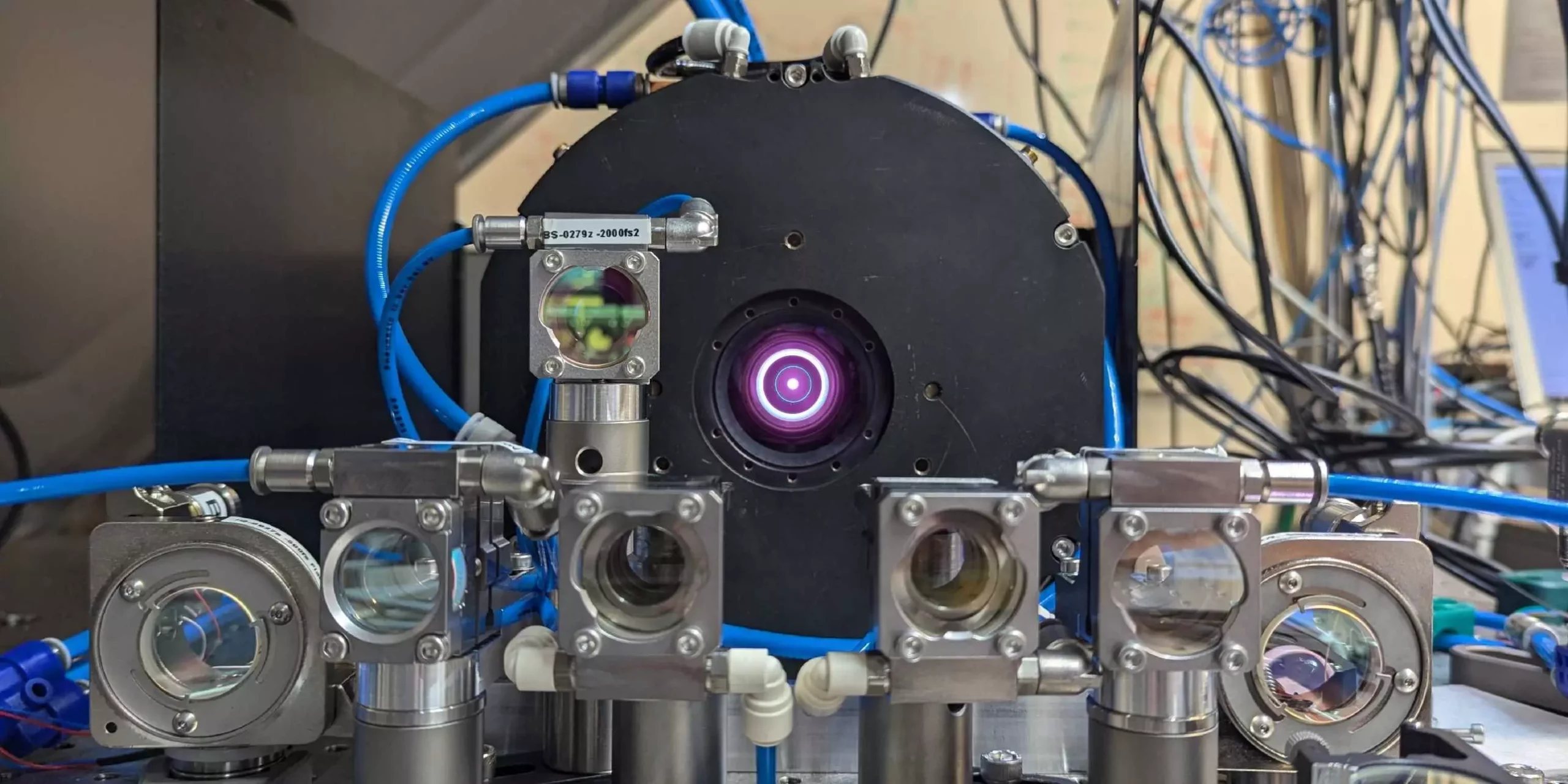Lasers have long been recognized for their capacity to emit concentrated and coherent light beams that can be precisely directed and controlled. From medical applications to telecommunications and manufacturing, their versatility is undeniable. However, the scientific and industrial sectors are increasingly seeking lasers that can deliver extremely short and intense bursts of light. These short-pulse lasers are crucial for fundamental research and practical applications, ranging from material machining to the generation of high harmonic frequencies, including X-rays. These advancements help bring to light ultrafast phenomena occurring in the world of atoms and molecules, revealing processes that occur within attoseconds—a fraction of a billionth of a billionth of a second.
Recent advancements in laser technology have been spearheaded by researchers from ETH Zurich, led by Professor Ursula Keller. Their team achieved a breakthrough in producing laser pulses that not only exceed previous power records but do so in an incredibly brief duration. With an average power of 550 watts—surpassing the previous benchmark by more than 50%—these are now recognized as the most potent laser pulses ever generated by a laser oscillator. In a remarkable feat of engineering, these pulses can last for less than a picosecond while firing at an astonishing rate of five million pulses per second.
To put this into perspective, these laser pulses reach peak power levels of 100 megawatts—enough energy, theoretically, to power 100,000 vacuum cleaners momentarily. This accomplishment marks a significant leap forward in laser technology, with implications for numerous scientific and industrial applications.
Keller’s team has dedicated a quarter of a century to advancing short-pulse disk lasers, which utilize a fine crystal disk containing ytterbium atoms as the laser medium. However, progress has not always come easily. The journey was punctuated by technical challenges, including incidents where components were damaged due to the immense power levels being harnessed. Each setback provided critical insights that ultimately enhanced the reliability of these short-pulse lasers, expanding their utility in various fields.
Two key innovations facilitated the recent breakthroughs in laser performance. The first involves a novel configuration of mirrors. This design enables the light to circulate within the laser’s disk multiple times before exiting, amplifying its intensity without sacrificing stability. This setup allows for an unprecedented level of power concentration while simultaneously maintaining the integrity of the system.
The second innovation harnesses the Semiconductor Saturable Absorber Mirror (SESAM), a concept that has its roots in Keller’s earlier research. Unlike traditional mirrors, the reflectivity of SESAM is contingent on the intensity of incoming light. This characteristic ensures that as the laser operates, it enters a pulsed mode rather than emitting a continuous stream. With this method, high-intensity pulses are generated because the light energy is concentrated in extremely short durations.
The implications of these newly achieved capabilities are far-reaching. As Keller explained, the potential to shorten pulse durations to just a few cycles can significantly enhance the production of attosecond pulses, which are at the frontier of ultrafast science. These advancements could lead to breakthroughs in frequency comb technology in the ultraviolet to X-ray ranges, fostering the development of precision instruments, including advanced atomic clocks. Keller harbors a long-term dream of discovering whether natural constants might not be as constant as previously believed.
Furthermore, this innovative laser can generate terahertz radiation, useful for material testing and analysis, broadening the scope of applications beyond just imaging and telecommunications.
The work conducted by Ursula Keller and her team at ETH Zurich serves as a testament to the potential of laser technology to evolve and improve. Their groundbreaking innovation establishes laser oscillators as a robust alternative to traditional amplifier-based systems. This transition could pave the way for new, more efficient measurement techniques and applications across multiple disciplines, underpinning the continuing relevance of lasers in modern science and technology. Through dedication and ingenuity, the team not only pushed the boundaries of what is possible but also significantly contributed to our understanding of ultrafast processes, illuminating the path for future explorations in the realm of light.

